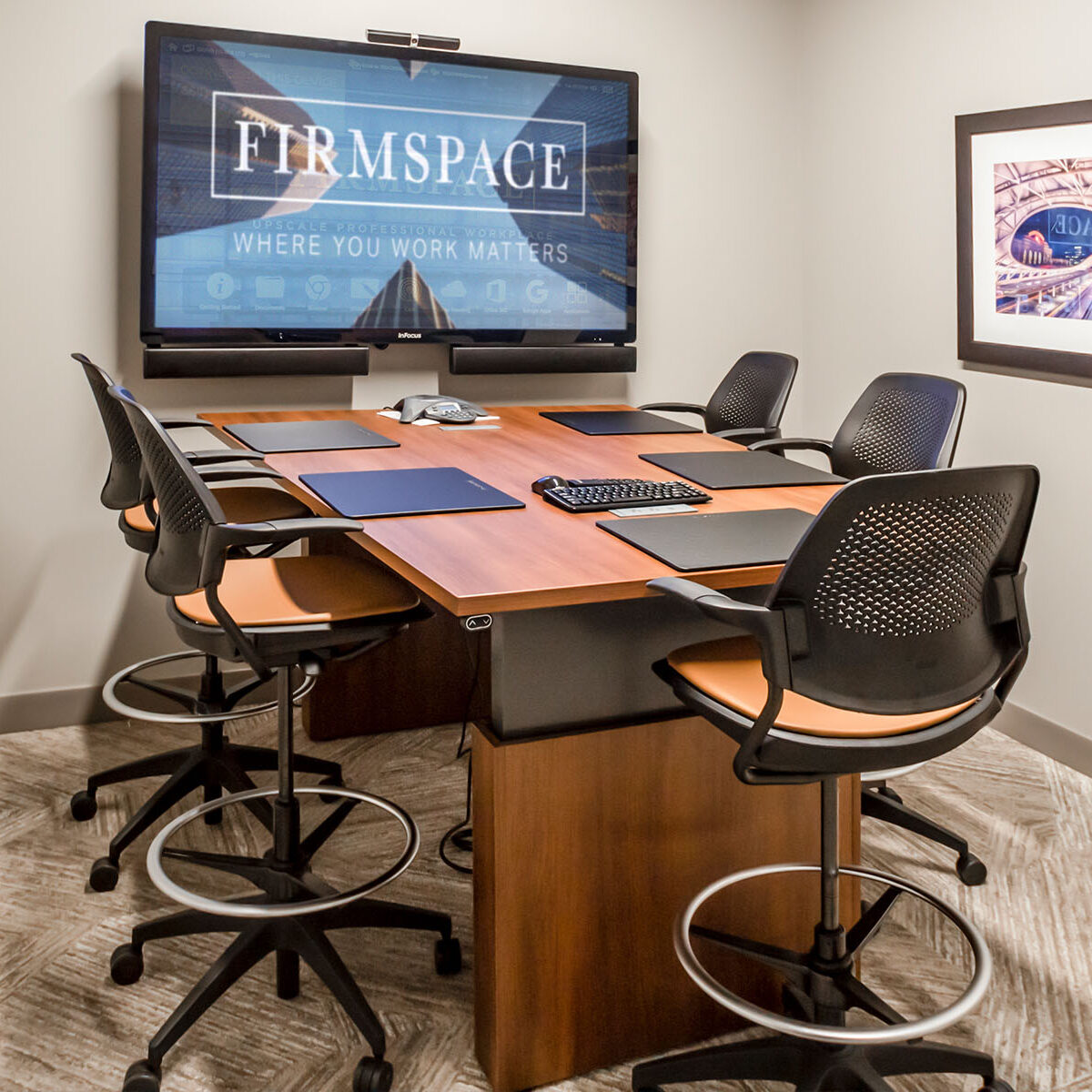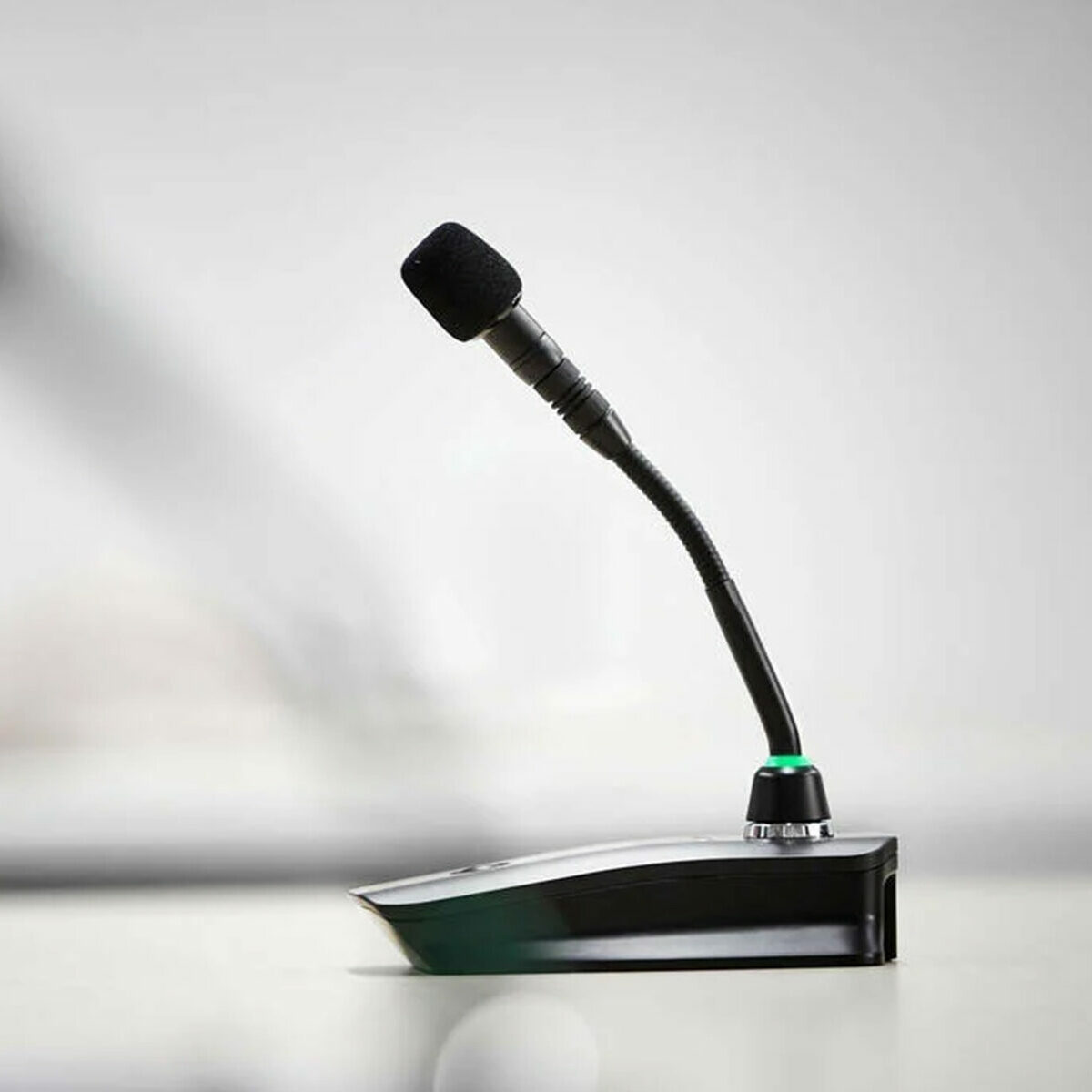Wireless AV solutions have transformed how businesses and organizations deploy and manage their AV systems. Gone are the days of complicated cabling and restrictive setups; wireless AV brings flexibility, ease of use, and a cleaner, more organized workspace. As technology continues to evolve, the relevance and capabilities of wireless systems are expanding, reshaping the landscape of audiovisual communication. Systems like Microsoft Teams Rooms and Zoom Rooms have taken over as the top wireless sharing systems because of their built-in capabilities. There has also been a rise on wireless conference systems where you can connect to a room’s camera, microphone, and speakers for BYOD (Bring Your Own Device) conferencing. Crestron, Barco, and Mersive are some of the top providers available to fulfill these needs.

In this article, we’ll explore the benefits of wireless AV solutions, focusing on flexibility and mobility, simplified installation, enhanced aesthetics, reliable performance, integration with modern devices, the shift towards wireless conferencing, and the state of wireless microphones in 2024.
The Shift Toward Wireless Conferencing
In recent years, there has been a notable shift in the demand for wireless AV solutions due to the rise of integrated video conferencing platforms.

Impact of Video Conferencing Platforms: As organizations increasingly adopt video conferencing solutions like Microsoft Teams Rooms (MTR) and Zoom Rooms, these platforms now offer built-in wireless sharing capabilities. This change has reduced the demand for traditional wireless content-sharing systems like ClickShare, Crestron AirMedia, and Mersive Solstice, which were prominent in AV systems 5-10 years ago.
Emerging Demand for Wireless Conferencing Systems: Despite the decline in standalone content-sharing systems, there is growing interest in “Wireless Conferencing” systems that allow users to connect wirelessly to room cameras, microphones, and speakers. Companies like Crestron, Barco, and Mersive are leading the way in providing these solutions, enabling seamless BYOD conferencing experiences.
Flexibility and Mobility
One of the most compelling advantages of wireless AV solutions is the flexibility and mobility they offer.
No Physical Constraints: Wireless systems eliminate the need for fixed cabling, allowing displays, speakers, and other AV equipment to be placed wherever they are most effective, rather than being limited by cable length or outlet locations. This is particularly useful in dynamic environments like conference rooms, classrooms, and event spaces where the setup may need to change frequently.
Easy Device Connection: With wireless AV, users can connect their devices—laptops, tablets, smartphones—to the AV system without the need for physical connections. This makes it easy to share content, present ideas, or collaborate without being tethered to a specific spot, fostering a more interactive and engaging environment. Platforms like Microsoft Teams and Zoom have built-in wireless sharing capabilities, allowing users to join meetings directly from their laptops and share screens effortlessly. This integration diminishes the reliance on standalone wireless content-sharing systems, which were once prevalent.
Enhanced Aesthetics
In today’s modern workspaces, aesthetics plays a crucial role in creating an inviting and professional environment, and wireless AV solutions contribute to a cleaner, more organized appearance.

Clutter-Free Spaces: By eliminating the need for visible cables and wires, wireless AV solutions help maintain a clean and clutter-free workspace. This not only improves the overall look and feel of the space, but it also reduces the risk of tripping hazards and other safety concerns associated with loose cables.
Discreet Equipment Placement: Wireless technology allows AV equipment to be placed out of sight or in less obtrusive locations, enhancing the aesthetics of the room without sacrificing functionality. This is particularly beneficial in high-end environments like executive boardrooms, luxury hotels, or retail spaces where design is paramount.
Simplified Installation and Setup
Wireless AV solutions significantly reduce the complexity of installation and setup, making them an attractive option for both new installations and retrofits.
Reduced Installation Time: Without the need to run cables through walls, ceilings, or floors, installation becomes much quicker and less invasive. This not only reduces downtime and disruption to business operations but also allows AV systems to be up and running faster.
Lower Installation Costs: The simplicity of wireless AV setups often translates into lower installation costs, as there’s no need for extensive cabling infrastructure or specialized labor. This makes it a cost-effective solution for organizations looking to upgrade their AV capabilities without breaking the bank.
Integration with Modern Devices
Wireless AV solutions are designed to integrate seamlessly with the wide array of devices that are now commonplace in the workplace.

Universal Compatibility: These solutions typically support a variety of wireless standards (such as Wi-Fi, Bluetooth, or proprietary protocols), ensuring compatibility with most laptops, tablets, smartphones, and other smart devices. This universal compatibility simplifies the process of connecting to the AV system, regardless of the device being used.
Support for BYOD (Bring Your Own Device): As more workplaces adopt BYOD policies, wireless AV systems provide a flexible solution that allows employees and visitors to connect their personal devices to the AV infrastructure easily. This enhances productivity and collaboration by allowing everyone to share content and participate in meetings without technical difficulties.
Reliable Performance
Advancements in wireless technology have greatly improved the reliability of wireless AV solutions, making them a viable option for even the most demanding applications.
Stable Connections: Modern wireless AV systems utilize robust wireless protocols and advanced signal processing to ensure stable, high-quality connections. This reliability is critical in settings where uninterrupted AV performance is essential, such as during presentations, live events, or critical business meetings.
Minimal Latency: Low-latency wireless technologies ensure that audio and video signals are transmitted with minimal delay, providing a smooth and synchronized experience. This is especially important for applications like video conferencing, where any lag can disrupt communication and collaboration.
Wireless Microphones in 2024
As the wireless AV landscape evolves, so do the technologies that support audio capture, especially with wireless microphones.

Current Trends and Regulations: The state of wireless microphones is heavily influenced by FCC regulations regarding wireless frequency use. As frequency allocations change and technology advances, manufacturers are responding with new products that meet these standards while ensuring high-quality audio capture. The FCC currently prohibits the use of wireless microphones and similar devices that operate between 698 and 806 MHz
Latest Products: Many companies are innovating in the wireless microphone space, developing products that offer enhanced range, improved battery life, and better sound quality. These advancements are crucial for ensuring that audio remains crystal clear during presentations, conferences, and live events, where audio fidelity is just as important as video quality.
Find The Right Solution
Wireless AV solutions are redefining the possibilities for audio-visual systems in modern workspaces. With benefits like increased flexibility and mobility, simplified installation and setup, enhanced aesthetics, reliable performance, and seamless integration with modern devices, these solutions offer a powerful, future-proof alternative to traditional wired setups. As technology continues to evolve, the integration of wireless conferencing systems and the advancement of wireless microphones will further enhance the role of wireless AV in creating dynamic, efficient, and visually appealing environments that meet the needs of today’s businesses.
Want to find out if wireless AV equipment is right for you? Reach out to Ford AV to talk with one of our experts!
